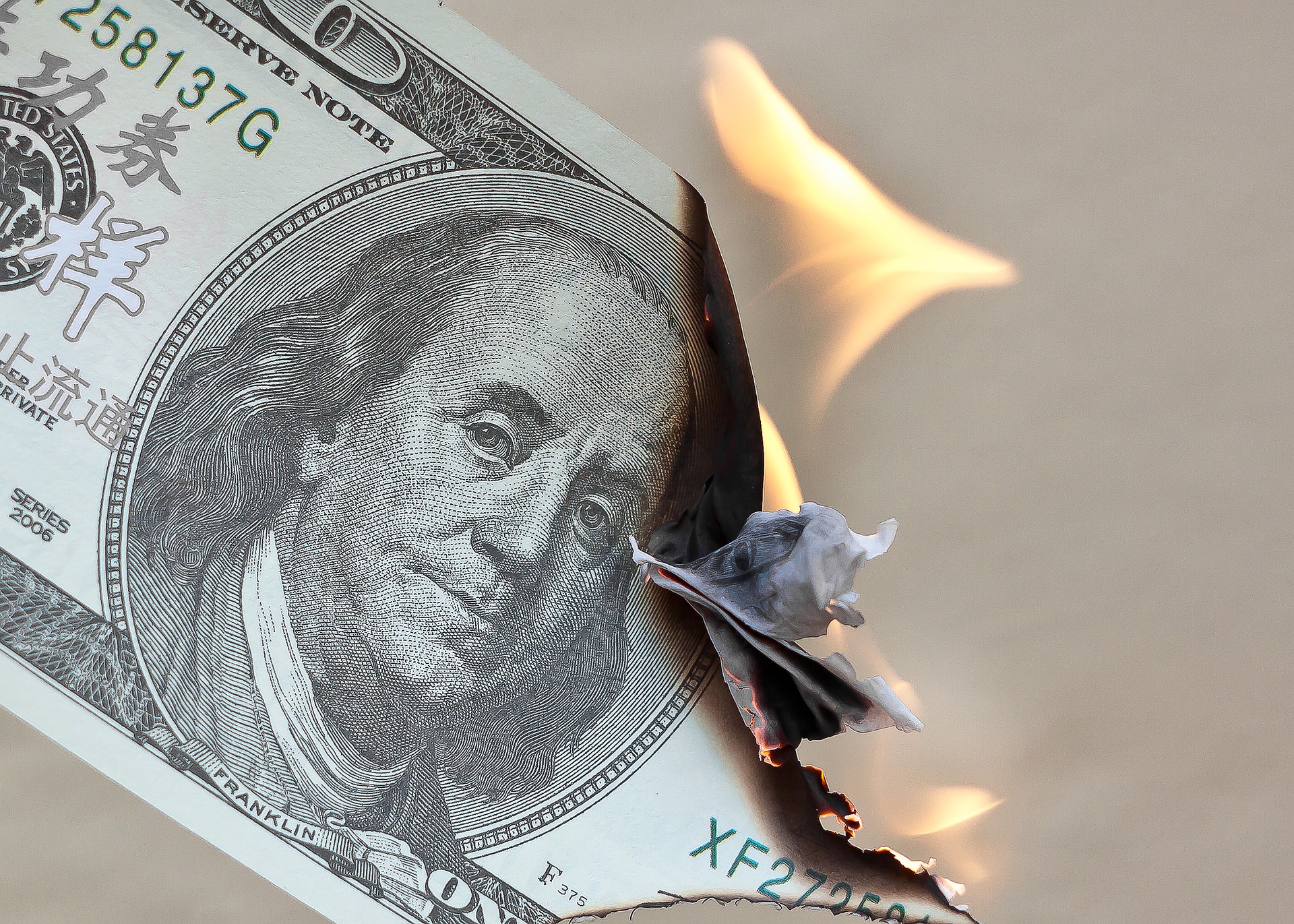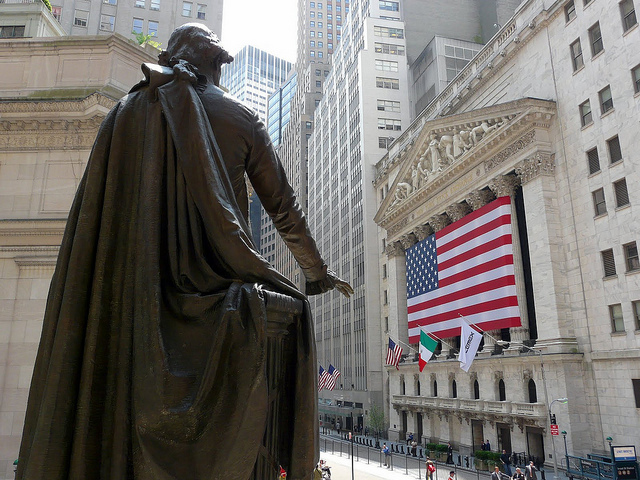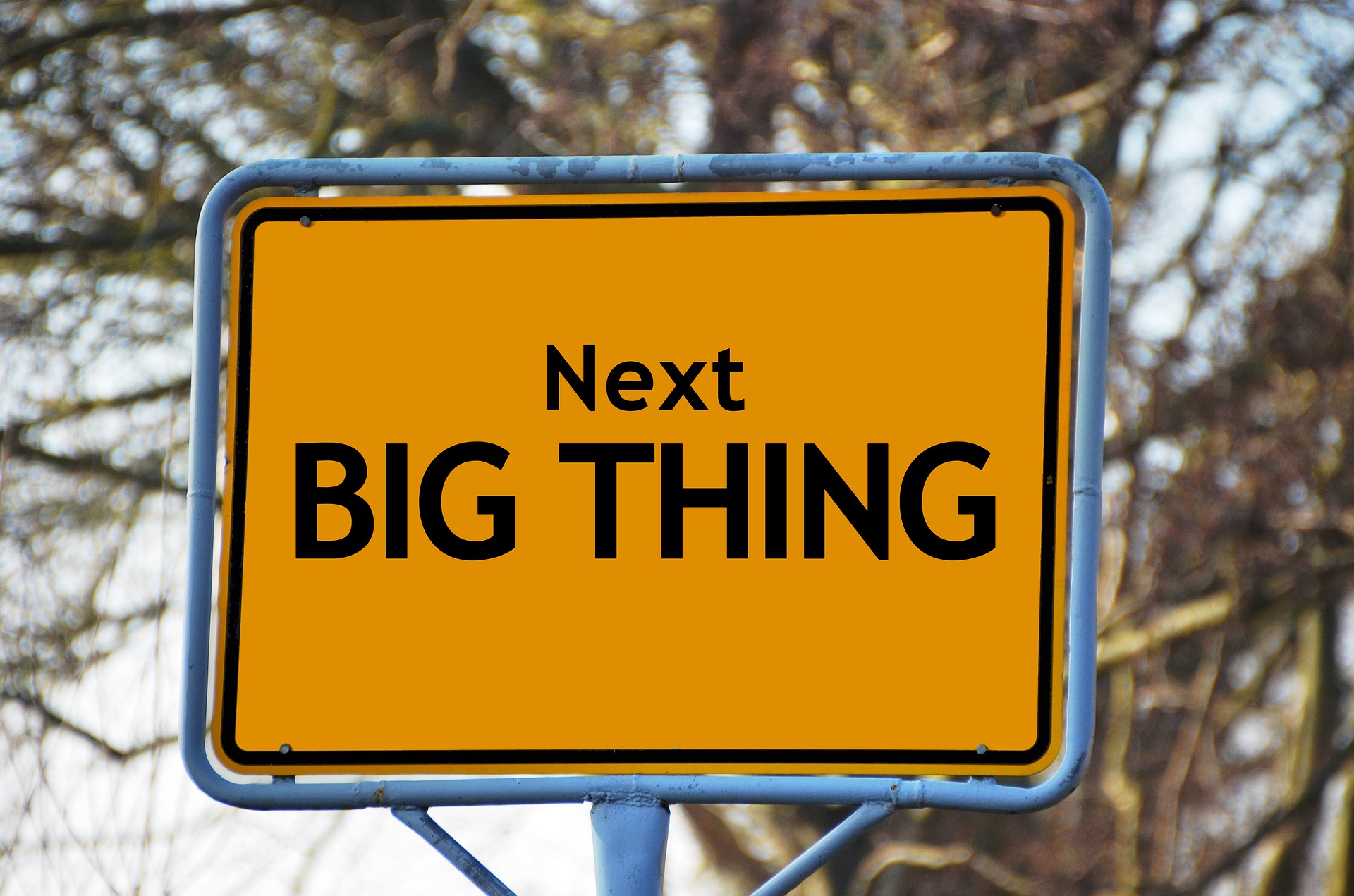Markets are never at a standstill. However, since bottoming out last year, they have been pretty much on auto-pilot. The reason is simple, the pandemic has been ravaging the economy, but wartime fiscal and monetary stimuli have provided enough oxygen to avoid collapse and buy time until the long-awaited vaccines began to arrive. With them, the countdown to normalization began, but also the return of anxiety to the markets.
In normal times, markets constantly assess the health of the economy by looking at a myriad of macroeconomic indicators; but doing this today is pointless. We are almost certain that, by the summer, a tsunami of pent-up demand will give a once-in-a-century boost to the economy.
The situation is so unusual that it seems impossible to see beyond that point. We are in the early stages of a new economic cycle; one that will start with growth rates not seen in decades, and whose outcome is unpredictable. In a way, we are suffering from macroeconomic myopia.
However, market participants do not give up trying to see what comes next, since investing is, after all, an anticipation game. The most obvious danger that one can conceive of today is an acceleration of inflation; since supply will surely struggle to cope with a surge in demand (this year you better book your holidays well in advance). This is how inflation expectations have taken hold, roiling bond markets and threatening to derail the equity bull market.
This way of thinking is very short-sighted. After the bonfire is lit, we will surely see a red-hot economy, but combustible material will progressively decline as the fiscal stimulus (probably not the monetary one) is phased out. Inflation will go from flames to smoke, and the market will inevitably become concerned about whether the fire can be sustained, or whether it will be extinguished in a recession. Or in other words, the market will go back to its normal calibration mode.
Financial markets are a complex dynamic system with many interrelated variables. It is very hard to grasp how (and to what extent) one variable influences another at any given time, or if causality is reversed. But we are human beings and we try to make sense of it all by compartmentalizing the system and building narratives around the parts.
The current storyline is more or less the following: it is widely accepted that, of all variables, interest rates are the most important; since they are the key to valuing any cash flow-producing asset, from bonds to stocks to real estate. On the other hand, interest rates are a function of inflation, which in turn depends on the growth of the economy.
So far, bond markets seem to be following this train of thought. Plentiful stimulus and consumers with savings in their pockets, implies runaway growth; ergo inflation will accelerate and interest rates will have to rise.
This way of thinking assumes that it is the economy that determines the performance of financial markets. But the reality is much more complex. The direction of causality can quickly be reversed: higher rates can cause asset prices to tumble as well as financing costs to increase, that dents the wealth of households (particularly if it affects real estate prices) and the ability of corporates to borrow, threatening to bring the economy into a recession. The latter, lowers inflation expectations, and with it so decline interest rates; voilà!
The market is a kind of huge voting machine, where its participants constantly calibrate the different probabilities of the manifold variations of these two basic narratives. But the fact is that, after four decades with inflation and interest rates falling, thereby contributing to inflating asset prices, there is now enormous interdependence in the system. Therefore, a sudden big change in interest rates seems almost impossible.
Inflation has dimmed due to a combination of structural factors: demographics, excess debt, globalization and digitization. And the pandemic will only accentuate this trend. The only conceivable way to experience a sustained rise in inflation would be a sharp swing in taxation. One that causes a redistribution of wealth from capital to workers, as happened during the 70s. That episode coincided with another redistribution, from oil-importing countries to oil-exporting ones. It is highly unlikely that something like this will happen again, as the context has radically changed since then.

Communism collapsed spectacularly and globalization took off, thereby evaporating the bargaining power of workers. The market economy has been so dominant that even the Chinese economic miracle is explained by adopting it. No one can seriously argue today that the public sector can be the engine of growth. And when it comes to oil prices, renewable energies bring us ever closer to a scenario of full abundance.
Only very bad policies can drive the system into a higher inflation regime. But the deflationary forces are so strong that we would need much more than gargantuan budget deficits. We would have to see the United States becoming Venezuela. Or just as likely, discover that an asteroid is on a collision route with Earth in a few years, and we set out to spend everything we have.
If the current status-quo holds however, it is almost certain that the economy will keep growing, technology will continue transforming our daily lives, and market forces will prevail over political experiments. In this environment, we think that a combination of quality stocks to capture growth, and US Treasuries to protect us from the occasional recession, are currently the best possible combination.
However, if the current status quo is maintained, the economy will almost certainly continue to grow, technology will continue to transform (and cheapen) our daily lives, and market forces will prevail over political experiments. In this environment, we believe that a combination of quality stocks to capture growth and Treasuries to protect us from the occasional recession is currently the best possible combination.
An article by Fernando de Frutos, Chief Investment Officer at Boreal Capital Management




